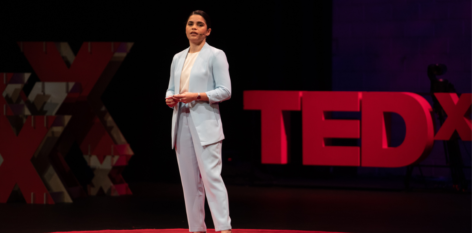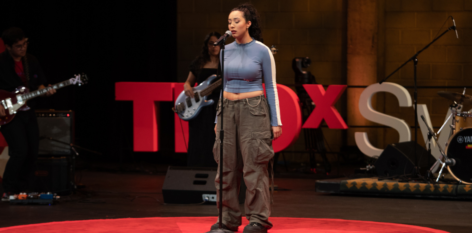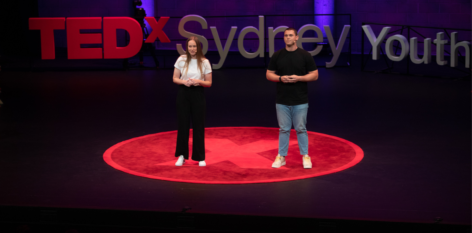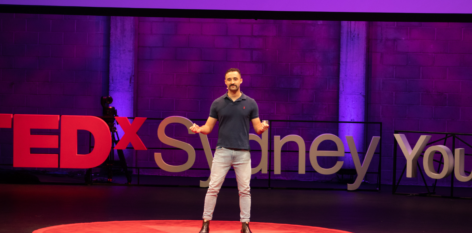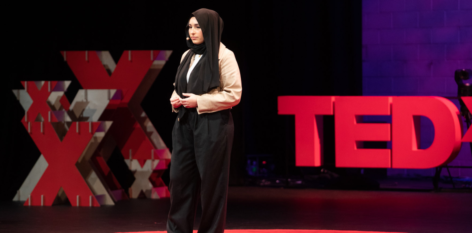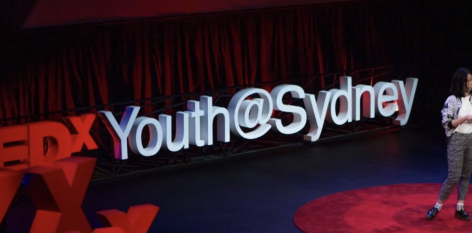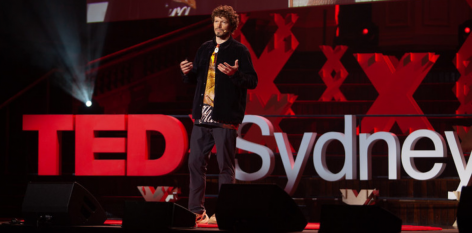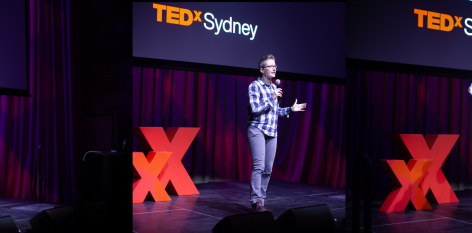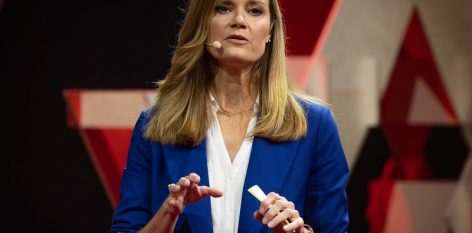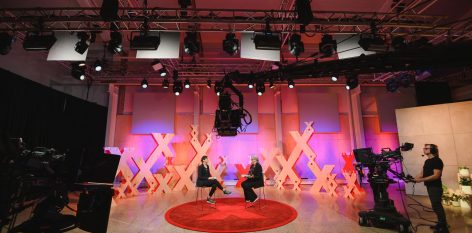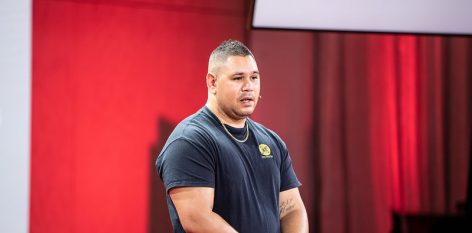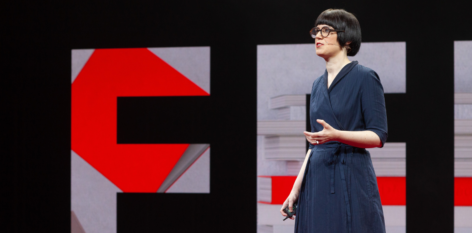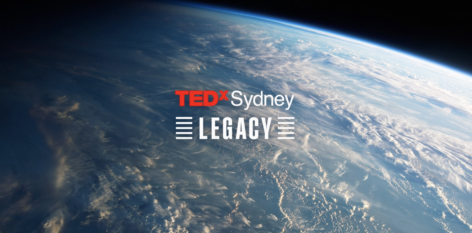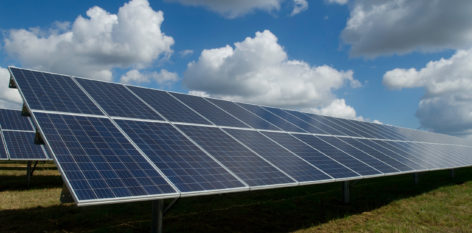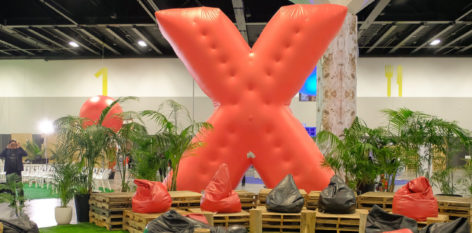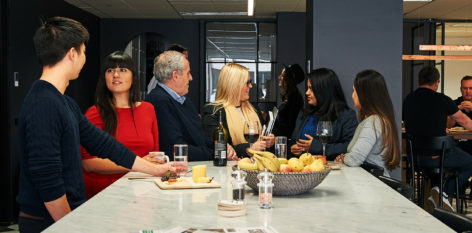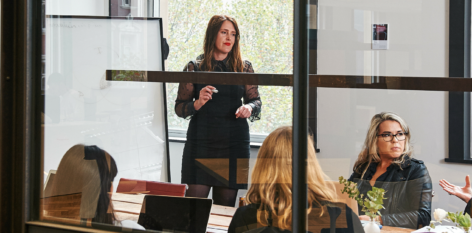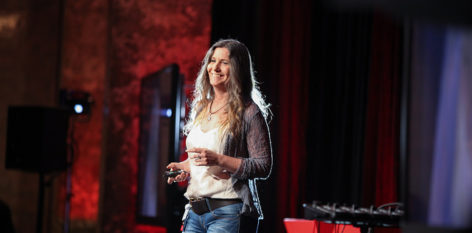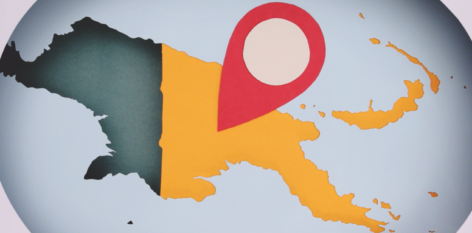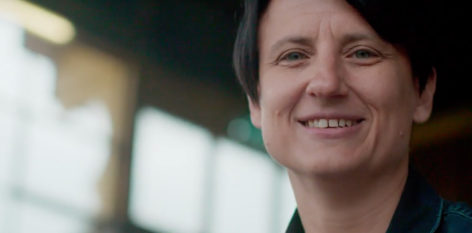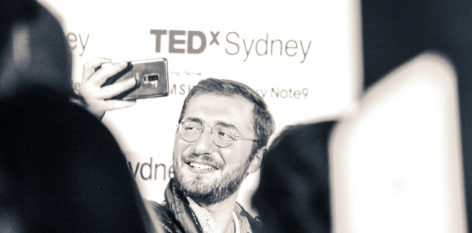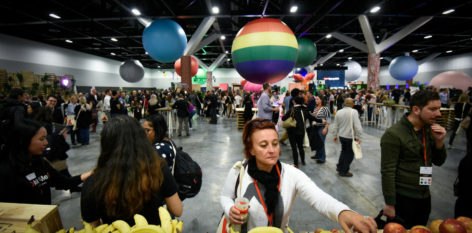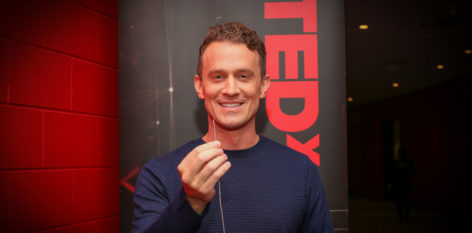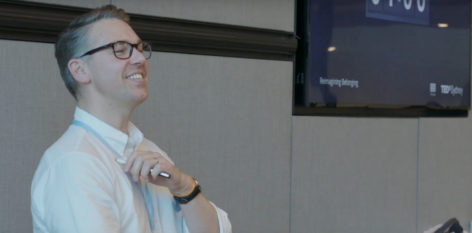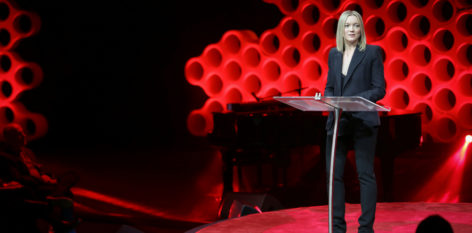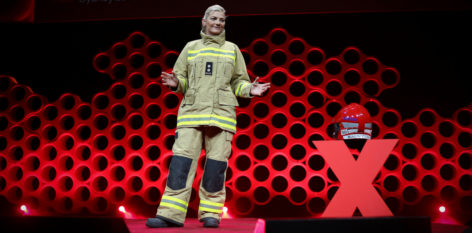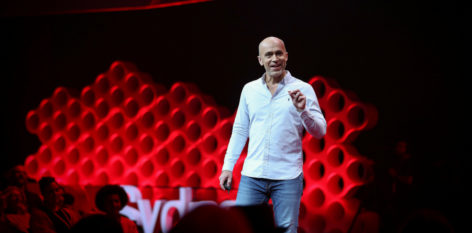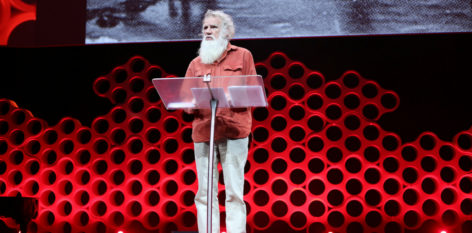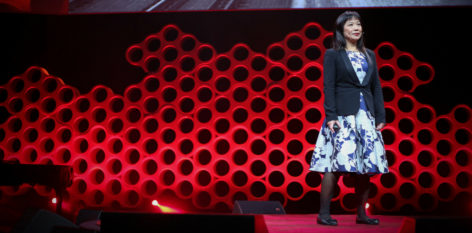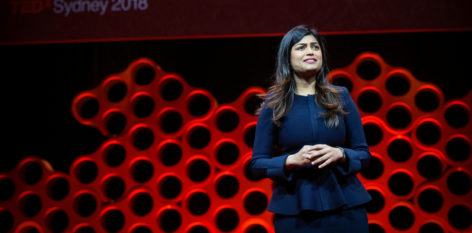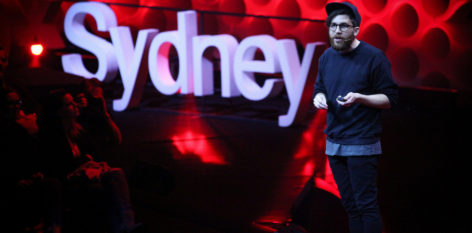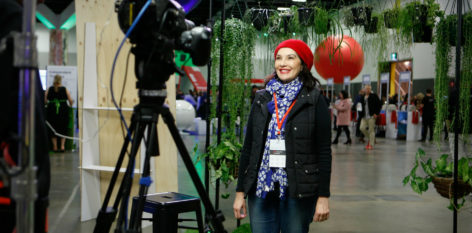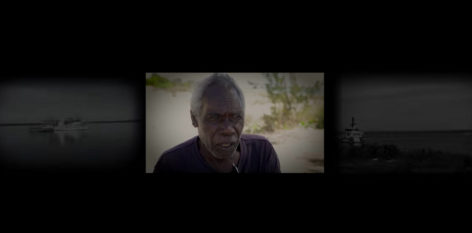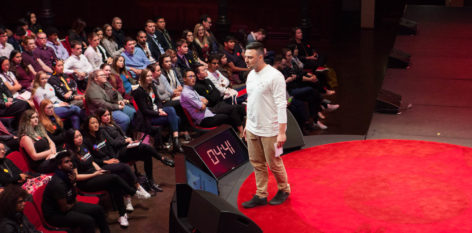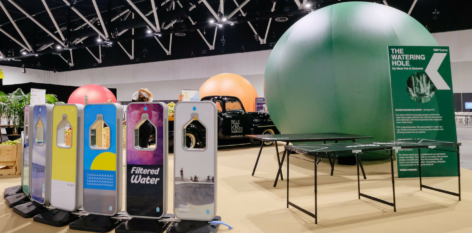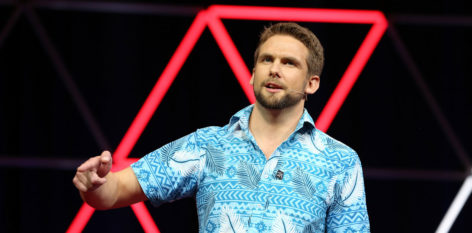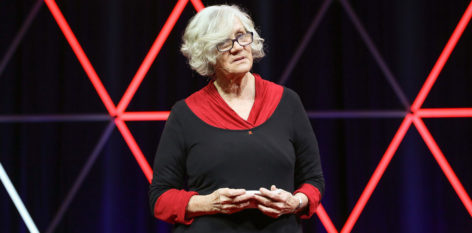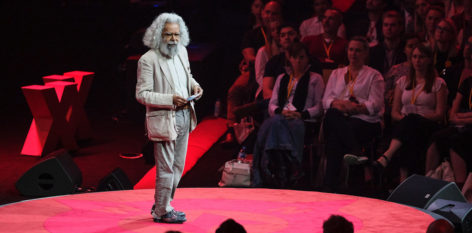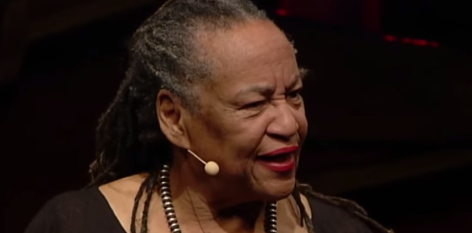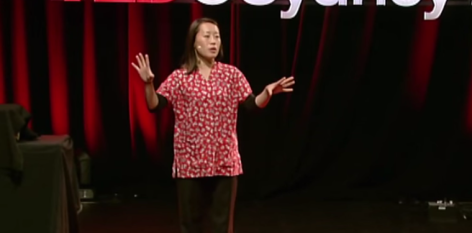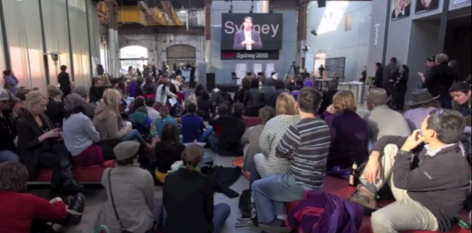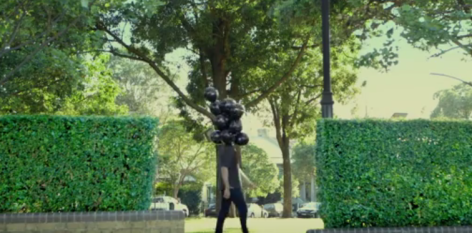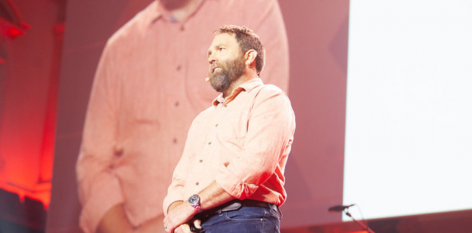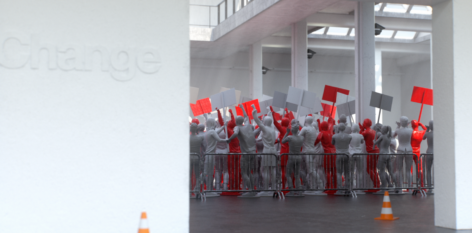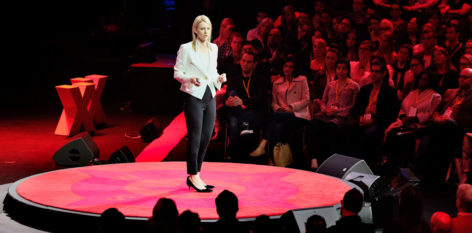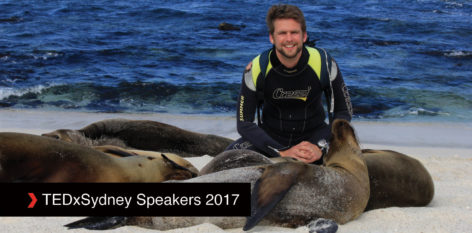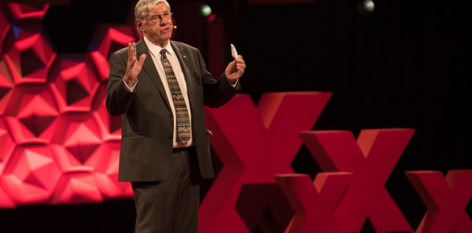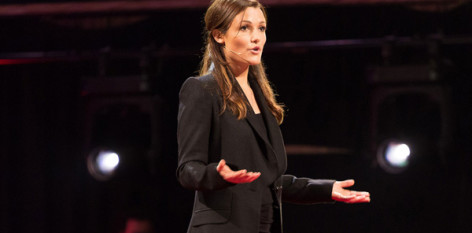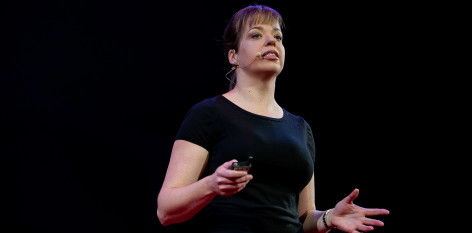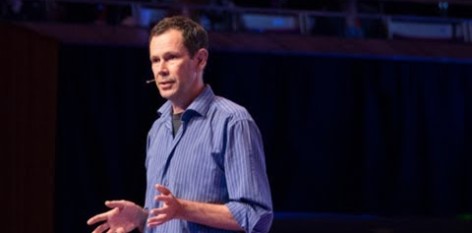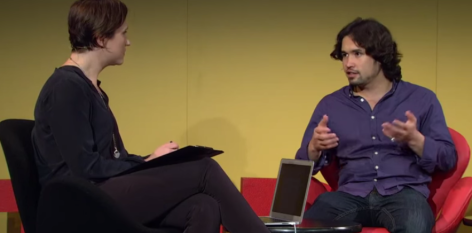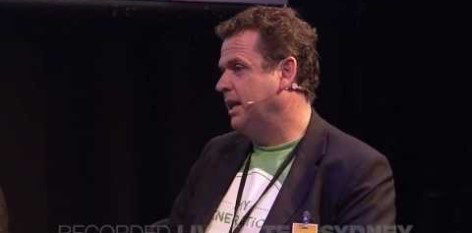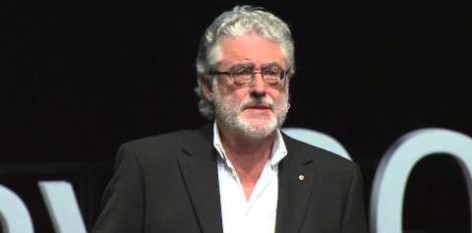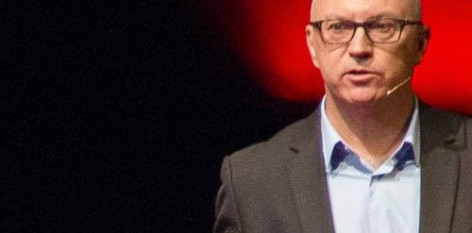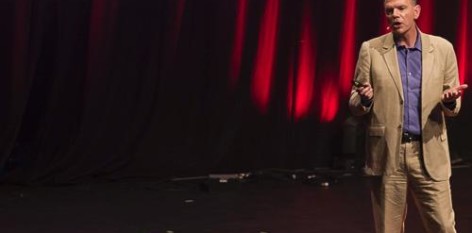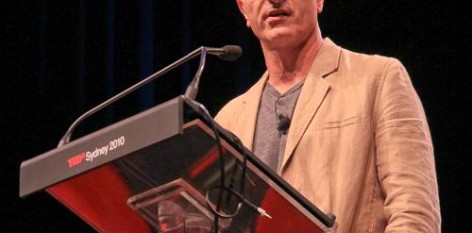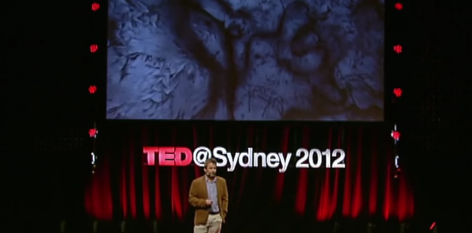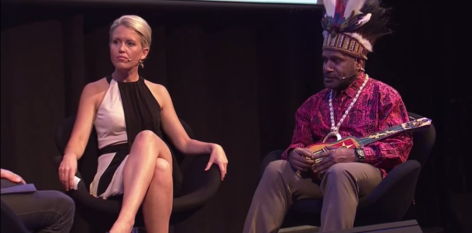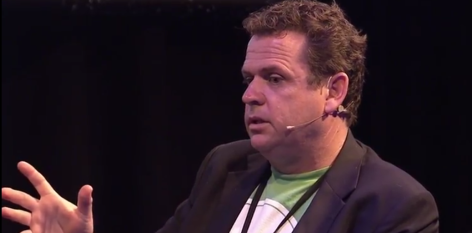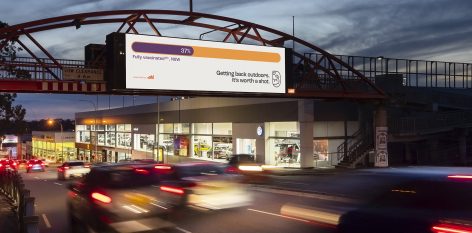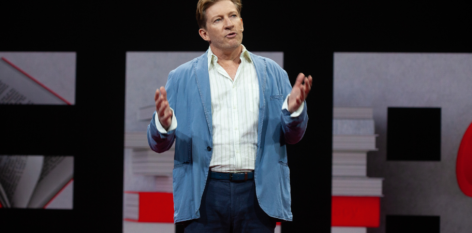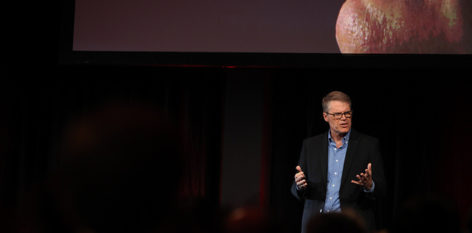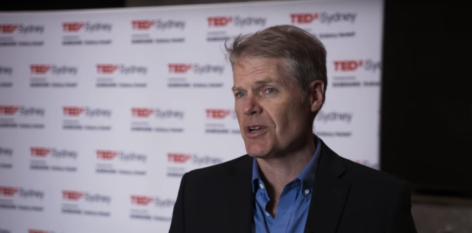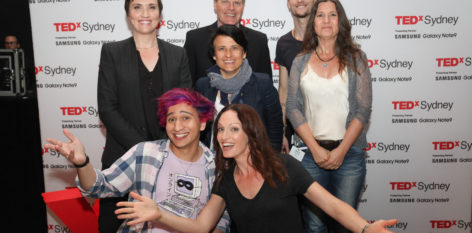It’s a fact that global temperatures have been on the rise with no signs of slowing down. Records show that the Earth’s temperature has risen by 0.08 degrees Celsius every decade since 1880. That rate of warming has doubled to 0.18 degrees Celsius as of 1981, according to government climate research.
These environmental shifts mean that the world’s landscape and weather patterns are also rapidly evolving and, with that, the way in which humans live in major cities.
At a recent Future Sydney event held by CBRE, an expert panel investigated what it means to live in a developed city facing the issues of population growth against the backdrop of climate change. The discussion was accompanied by CBRE’s latest report detailing Sydney’s potential as a global investment destination as well as what it takes to make it a leading sustainable city for the future.
This intersection between securing a robust economy while saving the environment has never been more imperative, as prefaced by CBRE’s Head of Environmental, Social and Governance Australia, Su-Fern Tan.
“The future will see corporate responsibility become mainstream as we realise how closely linked financial risk is with ESG risk.”
Findings from a future city case study
Sydney forms a perfect metropolitan case study for other major progressive cities like Vancouver, Los Angeles and Miami, all of which boast similar geographies and economies.
CBRE’s Future Sydney report found that the city’s expanding population between 2022 and 2030 is expected to create demand for approximately:
- AUD 7 billion per annum of discretionary and non-discretionary retail goods
- 2.3 million sqm of Industrial and logistics floorspace (56% of the long-run new supply addition)
- 450,000 sqm of office space across Sydney CBD and North Sydney CBD
Potential of population growth
There were multiple angles highlighted from Future Sydney, according to Sameer Chopra, CBRE’s Head of Research, Pacific and ESG, Asia Pacific. The multifaceted city presents itself as an investment destination as well as an attractive place to live, work and play on a global stage.
“Each one of those is going to lead to significant opportunities in a couple of years,” he says.
“One thing that stood out for me is Sydney’s three different cities which are set to grow. There’s the Sydney CBD, which is the eastern harbour city, the central city, which is Parramatta, and then there’s Aerotropolis, the new Western Sydney Airport district. Over time this will expand to include the Hunter Region and Newcastle as well.
“There is a plan and we often get caught up thinking Sydney is just the CBD when in fact it’s much bigger with more interesting developments around Parramatta and the Western Sydney Airport.
“We’re just going to need to balance that development.”
Rising temperature issues in cities
Building infrastructure to accommodate population growth and migration is one thing, but there’ll also be the need to address how future cities and their facilities will cope with a hotter climate.
For starters, Chopra sees future city dwellers needing to lean more on their commercial infrastructure or commercial real estate to take advantage of something as simple as shared air-conditioning.
“On hot days, people gravitate towards shopping malls and we need to do that to some extent with office infrastructure,” he says.
“We’re seeing this right now in Europe with high energy costs. People are pulling back on their heating and spending more time returning to the office from a work from home posture. I think that’s the role commercial real estate plays – it needs to invite more people to ‘sweat the asset’, particularly in warmer climates.”
For Sydney specifically, the future will need to entail infrastructure projects rolling out in accordance with its growth ambitions. This means better public transport, social services, hospitals and education to ensure that society doesn’t break under the pressure of growth.
“One of the constraints with Sydney is there’s water on one side and mountains on the other. We want to have green space, but it means we’ll have to go vertical and build up,” he adds.
“You can’t go north or south of Sydney as there’s national forests. You want to keep green space within the city which means more vertical construction whether that’s in residential, office or industrial.
“We’re going to need to embrace a taller Sydney.”
Real cost of creating greener future cities
The exercise of turning a future city greener may sound like an expensive initiative, but for Sydney at least, this isn’t the case.
“A lot of the ESG costs have already been met by businesses,” explains Chopra.
“Several Australian businesses are already very close to 100% renewable energy. CBRE is one of those – we’re using 100% renewable electricity. Barangaroo ishas 100% water reticulation and has been on this journey for some time, so I don’t think there’s too much additional cost for businesses.
“It’s the right thing to do and your customers and employees want you to do it. I think it’s not as costly as most of the cost has already been incurred.”
Chopra emphasises that humans have already done a lot of harm to nature and it’s now our job to do our part for future generations.
“As a society we need to protect the national environment. Flourishing cities in particular will need to respect the environment.”
For the experts at least, building the perfect future Sydney at this moment requires the full embracement of ESG. This will allow the city to be recognised as a global leader in ESG for the right reasons.
“Not necessarily to attract capital or anything like that,” explains Chopra. “People will be attracted to green cities, so we just need to embrace that into our design and thinking.”
How you can help build a greener future city today
- One of the simplest contributions any business can make to the ESG movement is by buying renewable power. Growing demand for this type of green energy will motivate electricity companies to build more of these types of power stations
- Bring your team together and lean on commercial real estate during periods of climate stress


